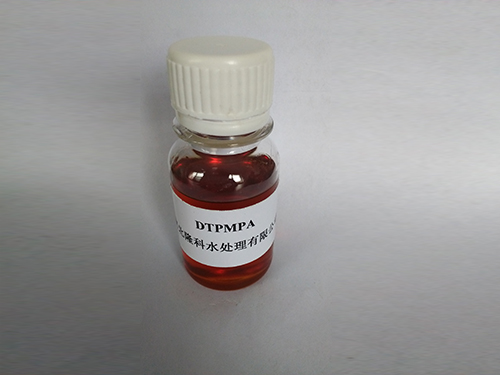Applications of Poly Aluminum Chloride in Water Treatment and Other Industries
Uses of Poly Aluminum Chloride A Versatile Coagulant
Poly aluminum chloride (PAC) is a widely used chemical compound in various industries, primarily known for its role as a coagulant in water treatment processes. Its unique properties and capabilities make it an essential component in addressing water purification challenges. In this article, we will explore the various uses of poly aluminum chloride and its significance in different applications.
Water Treatment
One of the primary applications of poly aluminum chloride is in the field of water treatment. PAC is employed in municipal water treatment plants to remove impurities from drinking water. Its efficiency in coagulating suspended particles is attributed to its high charge density, which facilitates the aggregation of particles into larger clusters, or flocs. These flocs can then be easily removed from the water, resulting in clean and safe drinking water for communities.
In addition to drinking water, PAC is also used in the treatment of wastewater. Industrial wastewater often contains numerous contaminants that require careful removal prior to discharge. PAC effectively helps in the clarification of wastewater, ensuring that harmful substances are minimized, and the water meets environmental standards.
Paper Manufacturing
Another significant application of poly aluminum chloride can be found in the paper manufacturing industry. PAC serves as a retention agent during the papermaking process. When added to the pulp, it helps in the retention of fine particles and fillers, improving the overall paper quality and reducing the amount of fiber loss. This not only enhances the efficiency of the paper production process but also contributes to cost savings for manufacturers.
Textile and Dyeing Industries
In the textile industry, PAC is utilized as a mordant in dyeing processes. Its ability to bond with dyes ensures that colors adhere better to fabrics, leading to improved colorfastness and vibrancy. The application of PAC can also help in the fixation of reactive dyes, making it an essential component in producing high-quality dyed textiles.
poly aluminum chloride uses

Cosmetics and Personal Care Products
Poly aluminum chloride finds use in the cosmetics and personal care sector as well. It serves as an effective astringent agent and is often included in antiperspirants and deodorants. PAC helps to reduce perspiration by blocking sweat glands, making it a popular choice for individuals seeking reliable and long-lasting deodorant solutions.
Pharmaceuticals and Medicine
In the pharmaceutical field, poly aluminum chloride is sometimes employed in the formulation of vaccines. Its adjuvant properties enhance the body’s immune response, making vaccines more effective. Additionally, PAC can be used in various formulations to stabilize active ingredients, ensuring their potency and efficacy in medicinal products.
Agriculture
PAC also plays a role in agriculture, particularly in soil treatment and improvement. When applied to soil, it can enhance nutrient absorption and availability, promoting healthy plant growth. PAC assists in soil flocculation, which can improve water retention and aeration, thus benefiting crop development.
Conclusion
In conclusion, poly aluminum chloride is a versatile chemical compound with a wide range of applications across various industries. From water treatment to paper manufacturing, textiles, cosmetics, pharmaceuticals, and agriculture, PAC demonstrates its significance in enhancing processes and improving product quality. As industries continue to evolve and face environmental challenges, the role of poly aluminum chloride as an effective coagulant and functional agent will remain crucial in promoting sustainability and efficiency. Its ongoing research and development will likely lead to even more innovative uses in the future, making PAC an indispensable resource in modern industrial practices.
-
Water Treatment with Flocculant Water TreatmentNewsJun.12,2025
-
Polymaleic AnhydrideNewsJun.12,2025
-
Polyaspartic AcidNewsJun.12,2025
-
Enhance Industrial Processes with IsothiazolinonesNewsJun.12,2025
-
Enhance Industrial Processes with PBTCA SolutionsNewsJun.12,2025
-
Dodecyldimethylbenzylammonium Chloride SolutionsNewsJun.12,2025





